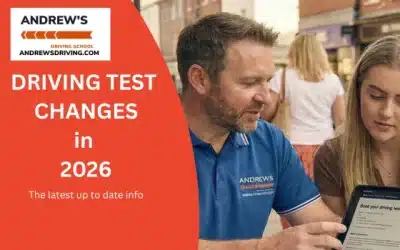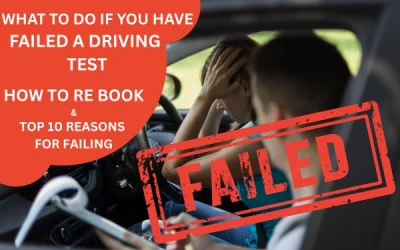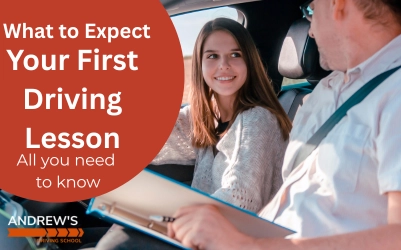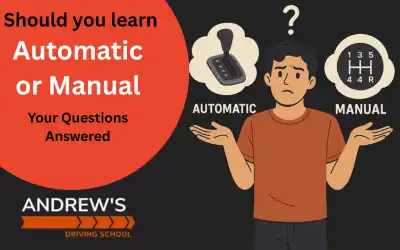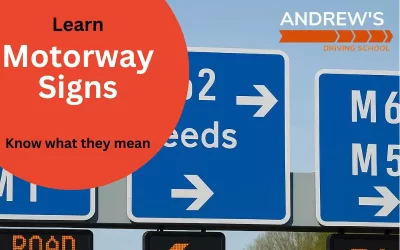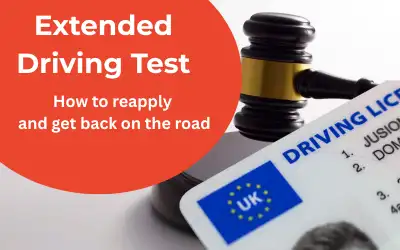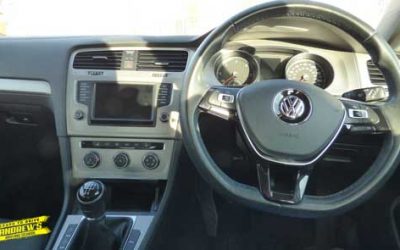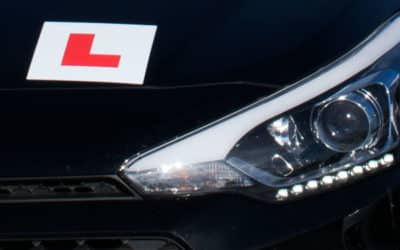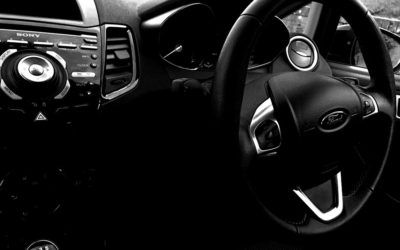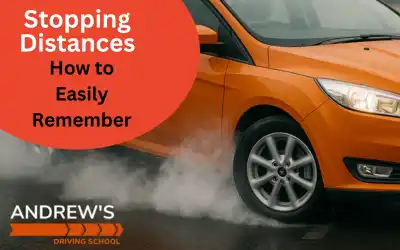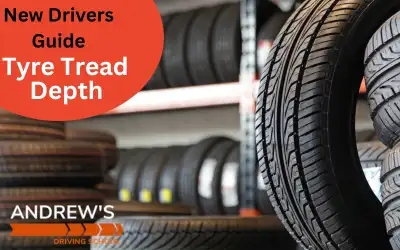What Is A Smart Motorway?
🛣️ Smart Motorways: What New Drivers Need to Know
🚗 Smart Motorways: The Upsides and the Oh-So-Real Risks
Picture this: you’re cruising along, the overhead gantries glow with calm arrows, and the traffic moves like it’s been politely coached. That’s the promise of a smart motorway — a stretch of road that uses cameras, sensors, and electronic signs to manage flow in real time. If you’ve ever wondered what is a smart motorway, it’s essentially a motorway that can think on its feet: speed limits change to prevent jams, lanes open and close to relieve pressure, and warnings appear before you reach trouble.
On a good day it feels effortless. Variable limits smooth out the stop–start misery, sometimes the hard shoulder becomes a bonus lane, and you glide past the usual pinch points without the stress. Fewer snarls also mean fewer emissions from idling engines — a quiet win for the air we breathe.
But there’s a flip side you shouldn’t ignore. The most talked-about worry is breaking down where there’s no permanent hard shoulder. If your car coughs and quits, you could end up stopped in a live lane while lorries barrel by — and the nearest refuge area can feel a long way off. Add in the mental load of changing limits and occasional lane closures, and some drivers feel overwhelmed. And while the tech is clever, it isn’t infallible; if signs or cameras go down, the “smart” can quickly feel shaky.
So are smart motorways good or bad? Both, depending on the moment. They can make journeys faster and calmer, but they also demand sharper attention and a clear plan if things go wrong. Read on for the main guide to how they work — and how to stay safe when the gantries start talking.
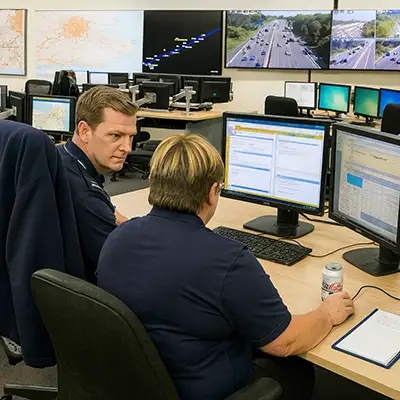
Motorway Control Centre
The motorway control centre keeps drivers safe by monitoring traffic, setting speed limits, and managing incidents in real time. Even when a lower speed limit seems unnecessary, there’s always a reason — the control centre can see far beyond what drivers can.
Inside the Motorway Control Centre: The Hidden Helpers of the Road
At the heart of every smart motorway lies the motorway control centre — a high-tech nerve centre where human operators and intelligent systems work together to keep you safe and traffic flowing smoothly. Inside, teams of experts sit before walls of glowing screens showing live camera feeds, traffic data, and digital maps of the nation’s motorways. Their aim isn’t to slow you down or frustrate your journey — it’s to help you get where you’re going safely and efficiently. So when the speed limit suddenly drops, there’s always a reason for it. The control centre can see much further ahead than you can — spotting accidents, congestion, or hazards long before they’re visible from your car. Often, it might seem like nothing’s wrong, but that’s because the motorway control room is doing its job perfectly — preventing problems before they ever reach you.
🚗 What exactly Is a Smart Motorway?
A smart motorway is a type of motorway that uses technology to keep traffic moving.
Instead of building more lanes, smart motorways use:
- Cameras and sensors to watch traffic
- Variable speed limits (the limit can change depending on conditions)
- Signs and red X symbols to open or close lanes
They’re designed to reduce congestion and make better use of existing roads.
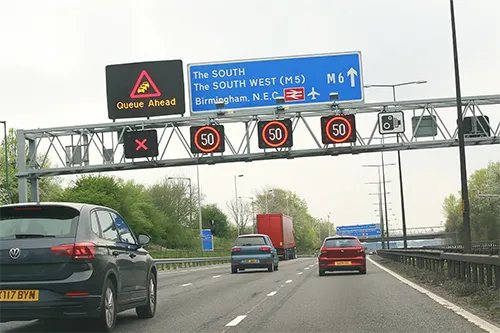
⚙️ The Three Types of Smart Motorways
Before we look at the different kinds, it’s important to understand what is a smart motorway — a section of motorway that uses technology like variable speed limits and lane control to manage traffic flow.
There are three main types you might drive on:
What are the Smart Motorway Types
Controlled Motorway
- Has a normal hard shoulder (for emergencies only).
- Uses variable speed limits on overhead signs.
Dynamic Hard Shoulder
- The hard shoulder becomes a lane during busy times (you’ll see a sign if it’s open).
- If there’s a red X above it, it’s closed — don’t drive in it.
All Lane Running (ALR)
- There’s no hard shoulder at all — every lane is for traffic.
- Emergency refuge areas (ERAs) are placed every 1–1.5 miles.
- A red X means the lane is closed — move out of it safely and quickly.
🚦 How Smart Motorways Work
Smart motorways are controlled by regional control centres that use cameras and radar.
If there’s a crash or breakdown, operators:
- Put a red X above the affected lane, and
- May lower speed limits on the signs to help traffic flow safely.
Some stretches also use stopped vehicle detection systems to spot broken-down cars quickly.
🚨 If You Break Down
If your car breaks down:
- Try to reach an emergency refuge area (ERA) — look for blue SOS signs.
- Put your hazard lights on.
- Get out of the car using the passenger side and wait behind the barrier.
- Use the SOS phone to call for help.
If you can’t reach an ERA:
- Turn on your hazard lights.
- Stay in your car with your seatbelt on if it’s not safe to exit.
- Call 999 and explain your situation.
- Control room staff will close your lane with a red X to protect you.
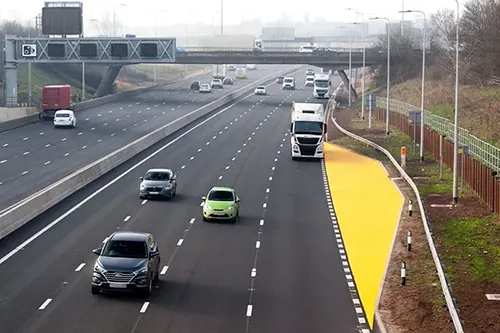
❌ Red X and Speed Limit Signs
Before we look at the different kinds, it’s important to understand
what is a smart motorway — a section of motorway that uses technology like
variable speed limits and lane control to manage traffic flow.
In addition to the
usual blue motorway signs
,
smart motorways use electronic signs and signals to guide drivers.
- A red X means the lane is closed — you must leave it as soon as it’s safe.
- Ignoring it can get you a £100 fine and 3 penalty points.
- Variable speed limits (shown on gantries) are enforceable by cameras.
- Follow the number shown, even if it’s lower than normal.
🔍 Are Smart Motorways Safe?
Smart motorways have mixed opinions:
- The government and road regulators say they can be as safe as normal motorways when used properly.
- However, some drivers and groups like the RAC are worried about breakdowns in live lanes.
- Most drivers say they’d feel safer with a hard shoulder on every motorway.
- That’s why the government has stopped building new smart motorways and is now adding more safety measures (like better cameras and more ERAs) to the existing ones.
✅ Key Tips for New Drivers
If you’re learning about what is a smart motorway and how to drive on one safely,
these tips will help you stay confident and in control.
- Watch the overhead signs — they tell you which lanes are open and what speed to drive.
- Never drive in a lane with a red X above it.
- Know what to do if you break down — look for the nearest refuge area.
- Stay calm — the system is designed to manage traffic and keep everyone safe.
- Breakdown Cover — Have breakdown cover in place or expect a huge bill if you break down on a motorway.
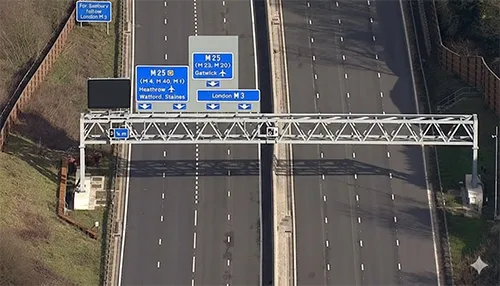
🚘 In Summary
Smart motorways are designed to help traffic flow and reduce jams, but they work differently from normal ones.
If you understand the signs and follow the rules, you’ll be fine. The key is to:
- Stay alert,
- Follow instructions on the gantries, and
- Know what to do in an emergency.
That’s smart driving on a smart motorway. 👍
💬 Have Your Say
Smart motorways continue to divide opinion — some drivers love the smoother journeys, while others worry about safety. What do you think?
Have you driven on a smart motorway? Did it feel safer or more stressful?
Share your thoughts in the comments below — we’d love to hear your experiences!
How Will the 2026 Booking Changes Affect Your Driving Test?
Big Changes Coming to The Driving Test Booking System – What Learners Need to Know for 2026A fairer, safer way to book your test is on the horizon. Here’s how the new DVSA rules will put control back in your hands. .The Announcement: A Major Shake-Up for Learner...
When Can I Rebook My Driving Test After Failing?
When Can I Rebook My Driving Test After Failing? And the top 10 reasons for failing a driving testThe 10-Working Day Rule and Rebooking Times If you’ve just found out that you didn’t pass your practical driving test, it’s completely normal to feel disappointed — but...
First Driving Lesson
First Driving Lesson What to Expect and How to PrepareWhat to Expect on Your First Driving Lesson – Expert Tips from Andrew’s Driving School Your first driving lesson marks the beginning of your journey to independence — and it’s perfectly normal to feel a little...
What is learner insurance?
What is Learner Insurance ? How to insure your car as a learner and some money saving ideasGetting Ready to Hit the Road? Make Sure You’re Covered with Learner Driver Insurance Before you start practising outside of lessons, it’s essential to have the right learner...
Are Electric Cars Automatic or Manual?
Are electric cars Automatic or Manual?Electric cars differ from traditional cars but are electric cars automatic or manual? Driving an electric car is a different experience to driving either a petrol or diesel car. It is also different from what we know as automatic...
Should I Learn Automatic or Manual
Choosing to learn to drive automatic or manual, read about the advantages and disadvantages of both to help make an informed choice
Motorway Signs Driving Theory
Motorway signs explained in plain english, know the meanings of those signs with a blue
When to Use Fog lights
When to use fog lights and what The Highway Code and Law says about when to use fog lights As autumn and winter roll in, you might find yourself using your fog lights a bit more often than usual, so let's chat about what the law really says about them and figure out...
Driving Test Faults Explained Major, Minor What makes a fail.
Driving Test Faults Explained, what makes minor or major, and how many faults can you accrue on your driving test
What You Need To Know About Driving In Winter
Winter Driving advice , Demisting and driving in Snow, Rain, Ice, Wind or fog. Learn how best to deal with the worst winter driving conditions.
Summer driving tipsdrivi
Great tips and advice for summer driving, from staying hydrated to keeping your windscreen clear. Stay safe on the roads this summer with our top tips.
How to pass your driving test first time
If you have a driving test coming up read our top tips to help you pass the driving test first time. Also driving test marking sheet explained. What to expect on test day? What car will I use for my driving test? How many minors can i get on my test? Answers to all of these questions.
How Many Driving Lessons do I Need?
How many lessons do I need, find out the average amount of driving lessons needed to pass your driving test.
Learner Drivers on Motorway
Learner drivers are now allowed to have driving lessons on Motorways. This new ruling came into force on 4th June 2018.
Extended driving test
What you need to know if you need to take an extended driving test. If you have been ordered by a court to take an extended test we have information to help you to get your license back.
Find a good driving instructor
Find a good driving instructor
Learning to drive with parents
A few guidelines to help you with private driving practice.
Why You Need Breakdown Cover
Breakdown cover is essential if travelling far from home or on motorways, read our guide explaining different types of cover available.
Best cars for new drivers
What makes the best first car for new drivers? Read our guide to help find your first car.
Quick guide to new driving test
Changes to the driving test read here about what is changing.
Stopping Distances Easy Way to Remember Theory Test & Highway Code
Stopping distances as quoted in the Highway Code. Easy way to remember. Typical stopping distances and an easy to remember formula.
Tyre Tread Depth
How to check your cars tyres are safe and legal.
New Driver Insurance
New Driver insurance can be expensive, find out how to reduce the cost.

